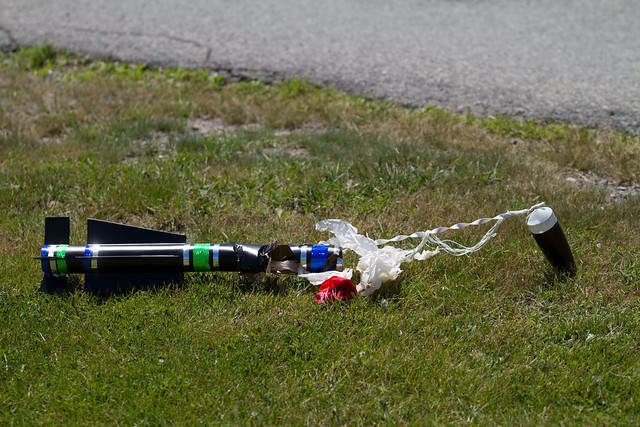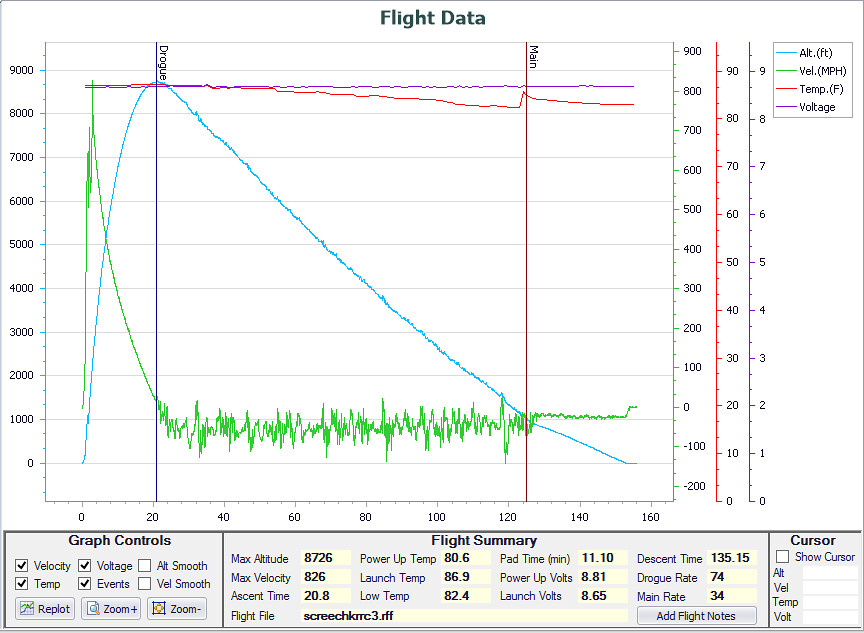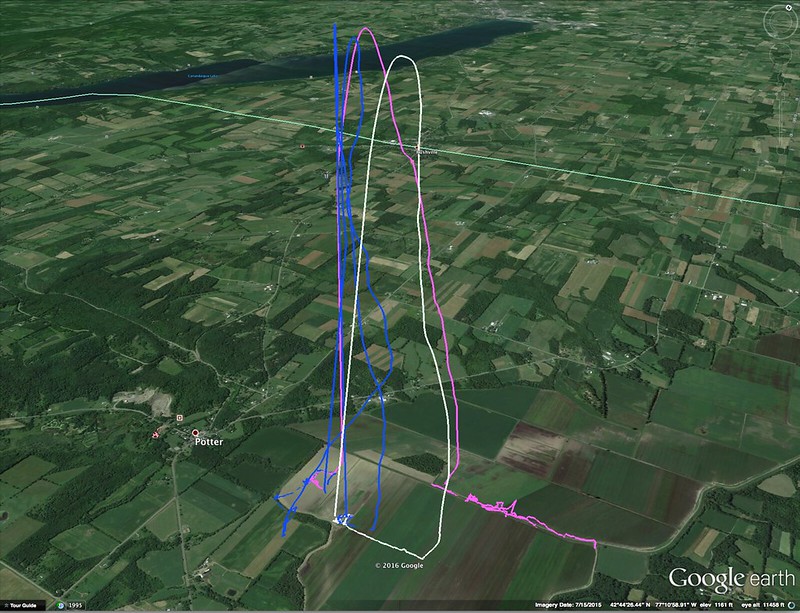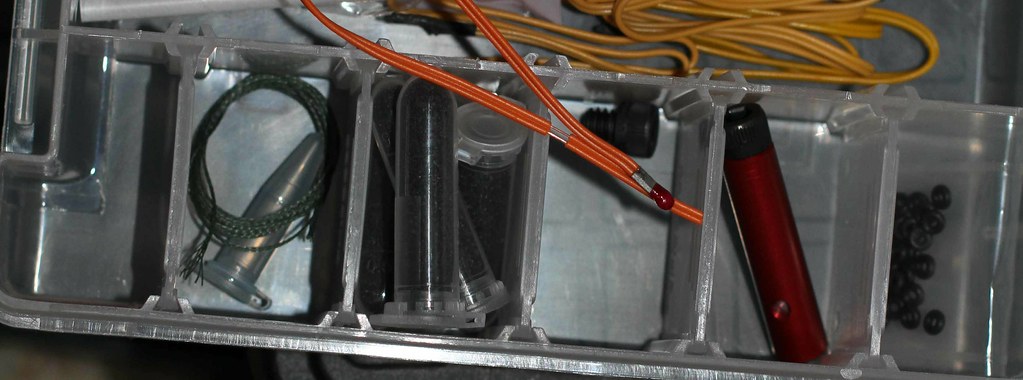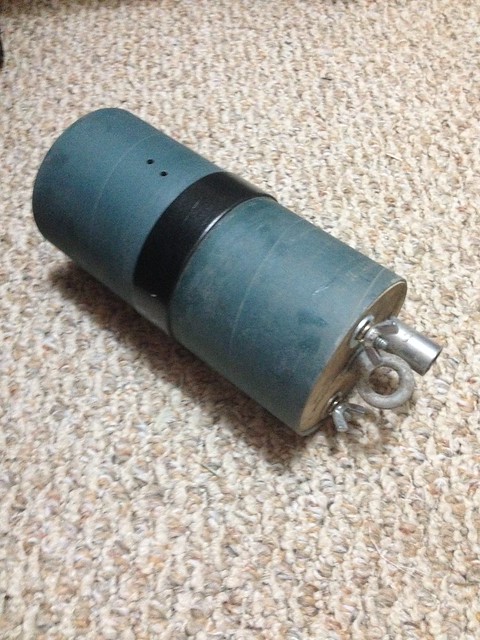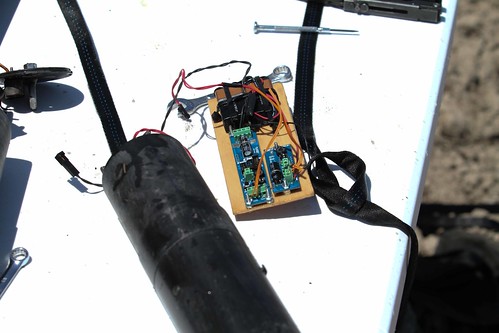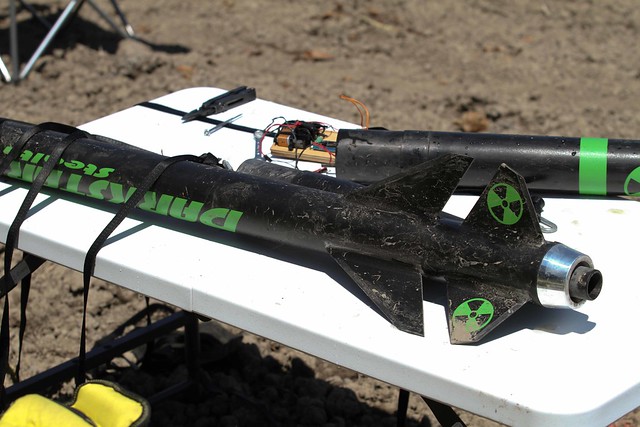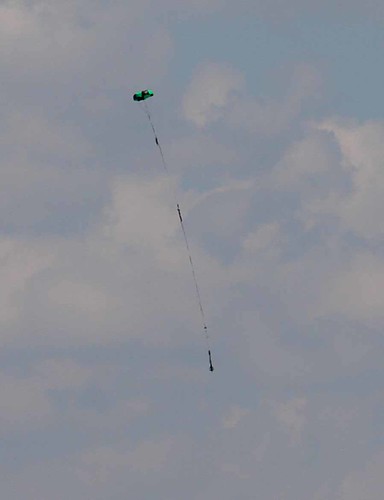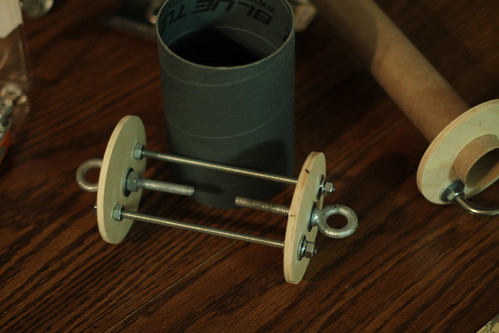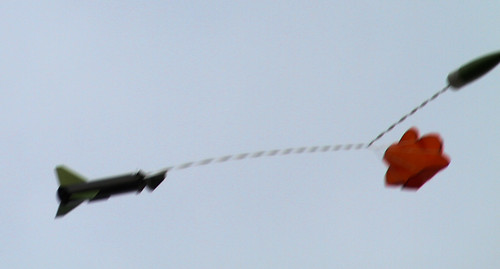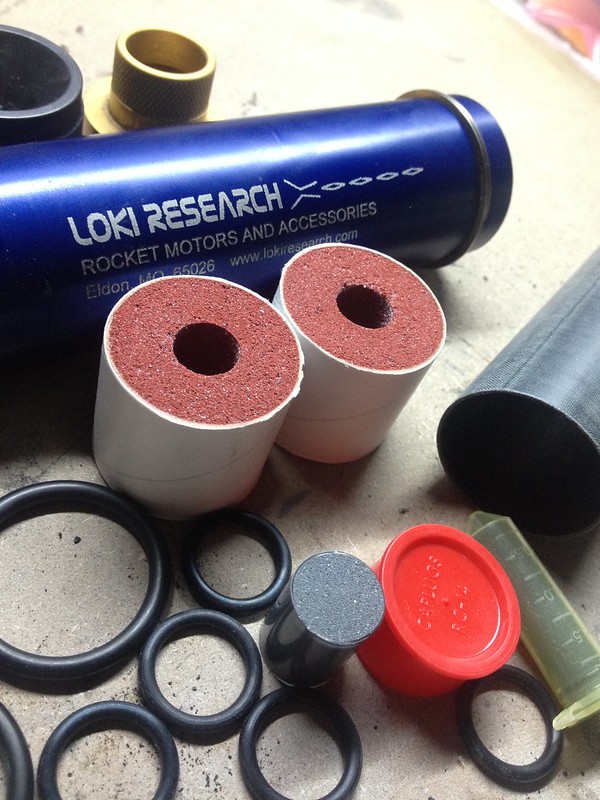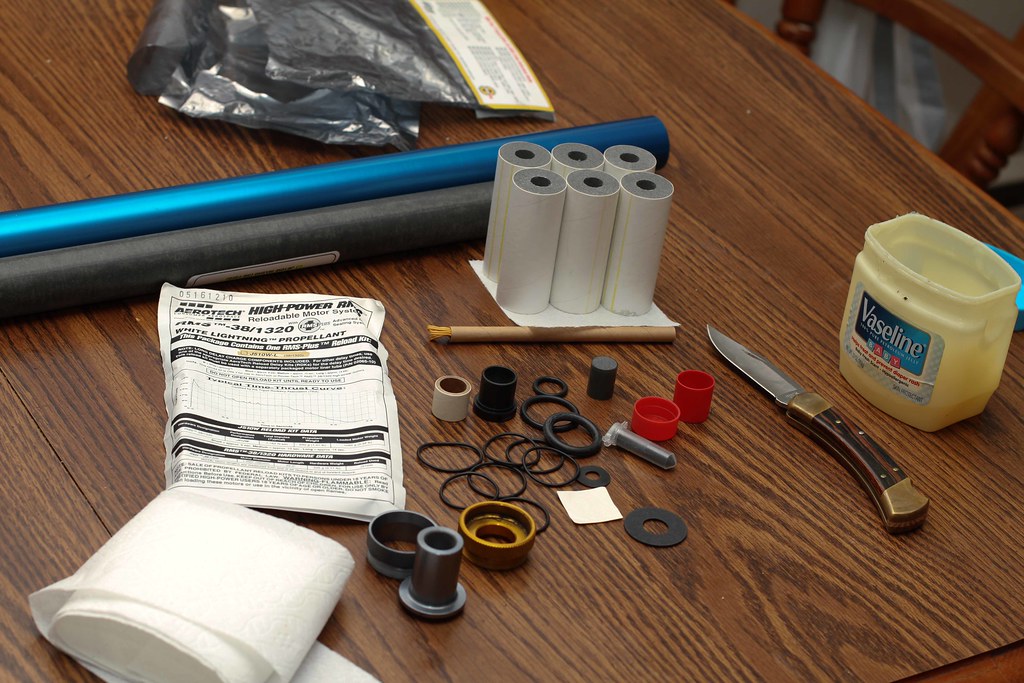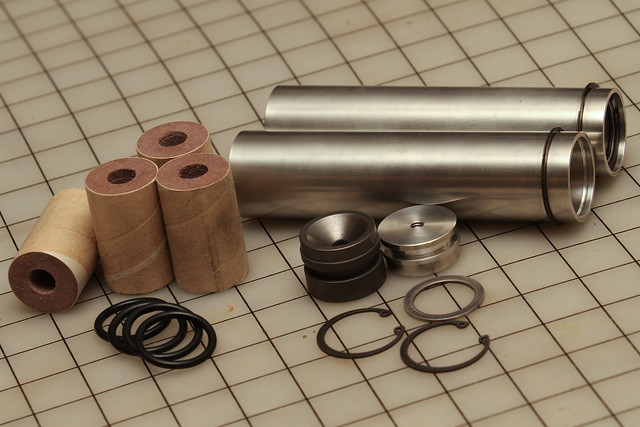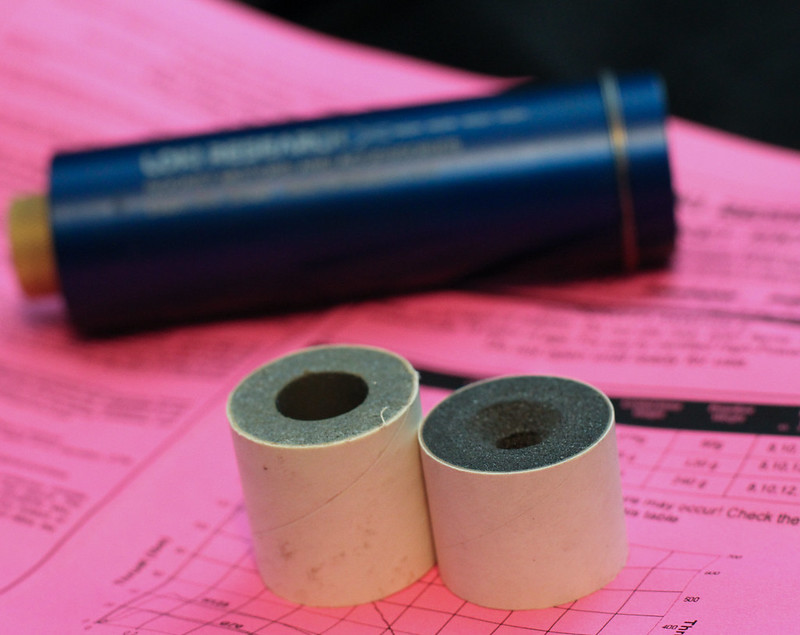Hello I'm Caley Ann,
I am looking for help to ensure I obtain all the components for my Level 1 Certification, and eventually Level 2 Certification.
First of all, here's a little of my history. I first got interested in anything that had to do with space or rockets back in 1957 when I heard on the radio about the Russians launching the first satellite, Sputnik 1. From that point on it was almost an obsession, to the point where I dreamed of becoming an astronut. But economics during my childhood never allowed for much more than dreaming.
During my 24 year career in the US Air Force, I did get a chance during my first hitch to try out a few Estes rockets, a Sprint, an Alpha, and a two stage rocket. They all flew just great. Unfortunately for the upper stage of the two stager, that drifted over the trees, never to be seen again. But my career got going strongly, and I had to forego any other involvement in the hobby.
Now, in my waning years, I happened across YouTube, and a lot of videos on the subject, I was totally awed by how far the hobby has come. I attended Roctober last year a the Lucerne Dry Lake Bed, and got more experience, enough to purchase my first beginners kit, a stretch Blobbo. That has been built, and am just awaiting a weekend that is free, so I can attend the gathering on a saturday. If this goes well, I wish to try going for my Level 1 Certification, and maybe eventually a Level 2. That's where I would have to stop because economics still limits me to what I can do.
I believe I am going to purchase a "Torrent", the reason being that it can be used for both certifications.
But I need help when it comes to fully outfitting and supplementing the standard kit with whatever else will be needed. I browsed the Apogee website, and it left me more confused than it enlightened. I was wondering if someone could provide me a laundry list of what I will need to make this ship complete for both levels of certification, items that will hopefully help me attain those two goals.
But I think that I first need to gather everything needed to construct the airframe. I can forego the electronics for now, as I plan on flying it without dual deployment, based on the video Apogee provided on YouTube.
Anyway, I am hoping the flight(s) of my little Blobbo will be enough to help me catch the bug again, and move me on to bigger and better fun. Thanks for any help you can provide.
Caley Ann sometimes known as a spacenut
I am looking for help to ensure I obtain all the components for my Level 1 Certification, and eventually Level 2 Certification.
First of all, here's a little of my history. I first got interested in anything that had to do with space or rockets back in 1957 when I heard on the radio about the Russians launching the first satellite, Sputnik 1. From that point on it was almost an obsession, to the point where I dreamed of becoming an astronut. But economics during my childhood never allowed for much more than dreaming.
During my 24 year career in the US Air Force, I did get a chance during my first hitch to try out a few Estes rockets, a Sprint, an Alpha, and a two stage rocket. They all flew just great. Unfortunately for the upper stage of the two stager, that drifted over the trees, never to be seen again. But my career got going strongly, and I had to forego any other involvement in the hobby.
Now, in my waning years, I happened across YouTube, and a lot of videos on the subject, I was totally awed by how far the hobby has come. I attended Roctober last year a the Lucerne Dry Lake Bed, and got more experience, enough to purchase my first beginners kit, a stretch Blobbo. That has been built, and am just awaiting a weekend that is free, so I can attend the gathering on a saturday. If this goes well, I wish to try going for my Level 1 Certification, and maybe eventually a Level 2. That's where I would have to stop because economics still limits me to what I can do.
I believe I am going to purchase a "Torrent", the reason being that it can be used for both certifications.
But I need help when it comes to fully outfitting and supplementing the standard kit with whatever else will be needed. I browsed the Apogee website, and it left me more confused than it enlightened. I was wondering if someone could provide me a laundry list of what I will need to make this ship complete for both levels of certification, items that will hopefully help me attain those two goals.
But I think that I first need to gather everything needed to construct the airframe. I can forego the electronics for now, as I plan on flying it without dual deployment, based on the video Apogee provided on YouTube.
Anyway, I am hoping the flight(s) of my little Blobbo will be enough to help me catch the bug again, and move me on to bigger and better fun. Thanks for any help you can provide.
Caley Ann sometimes known as a spacenut




